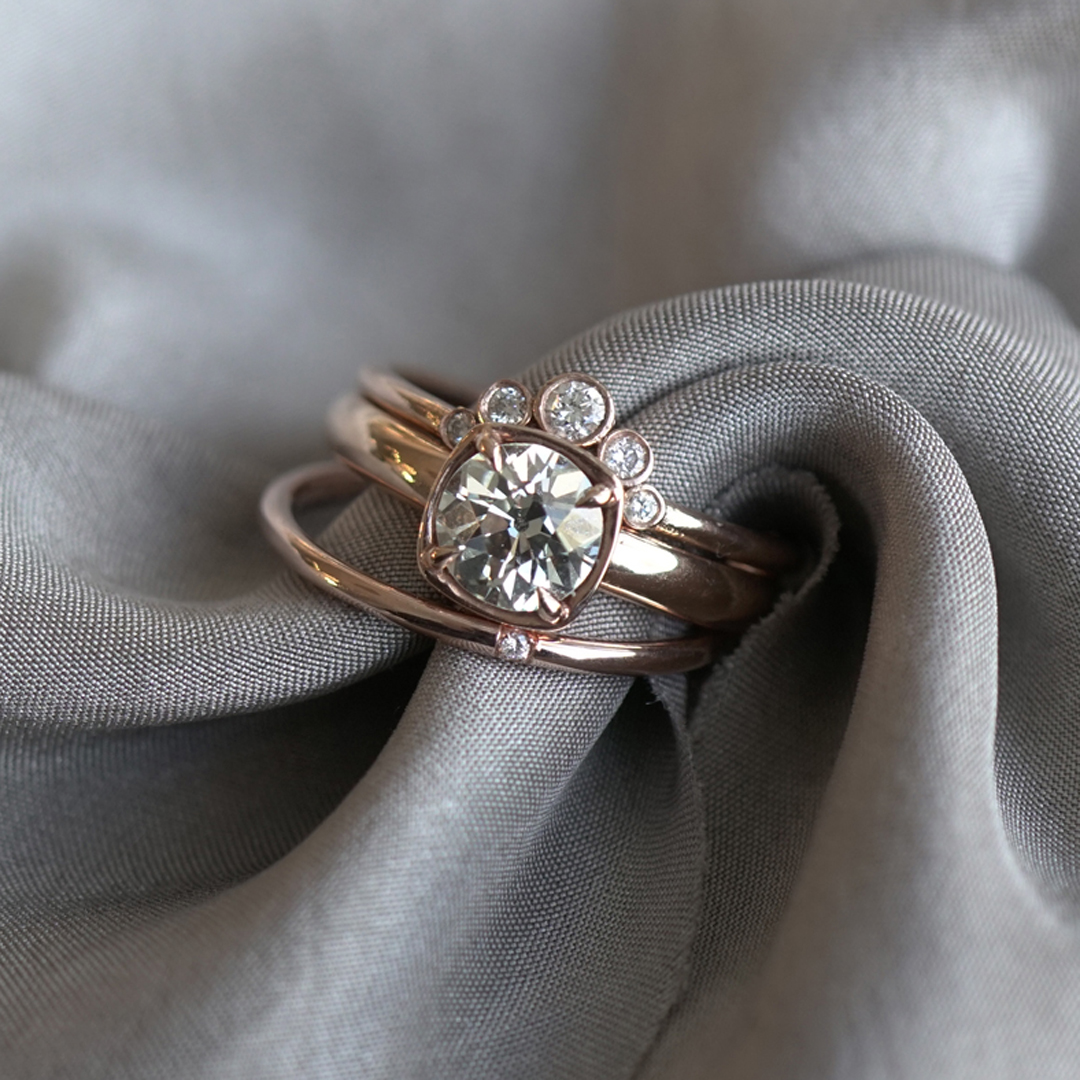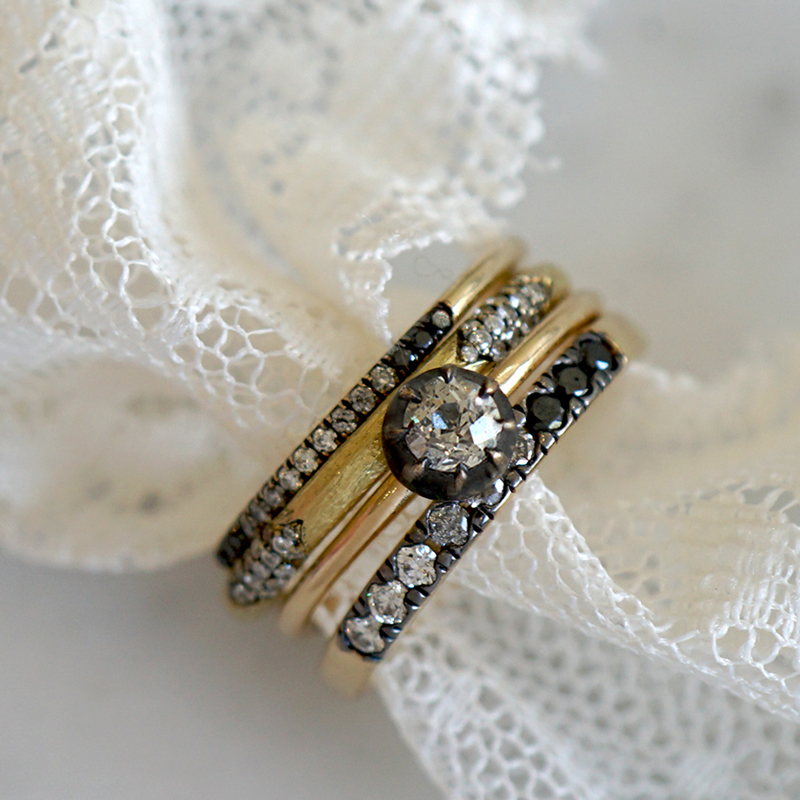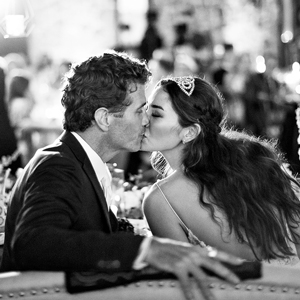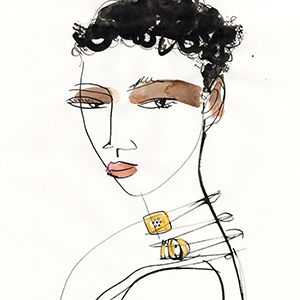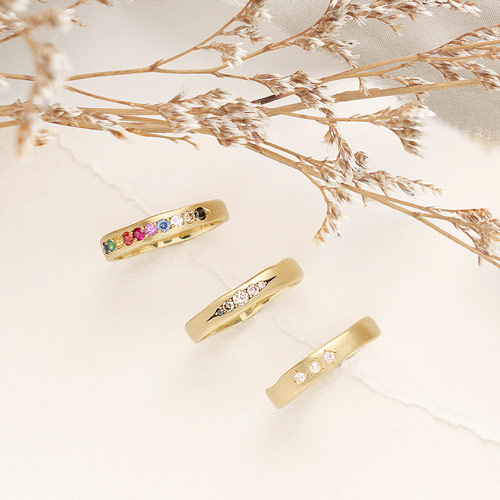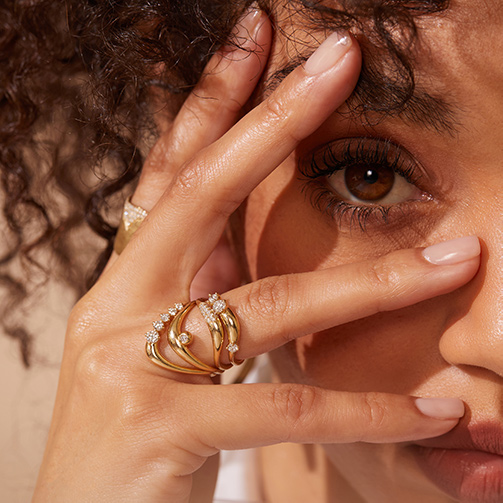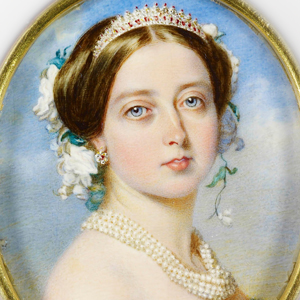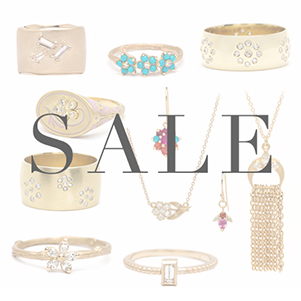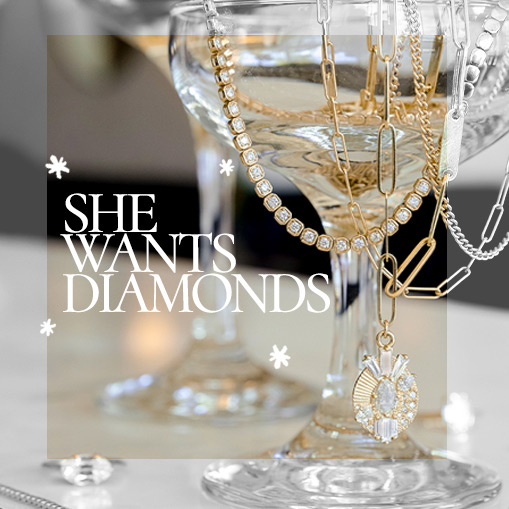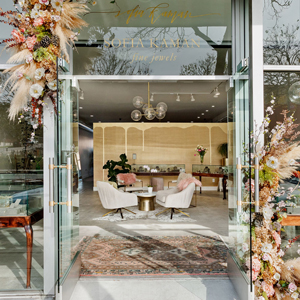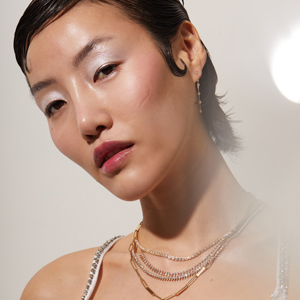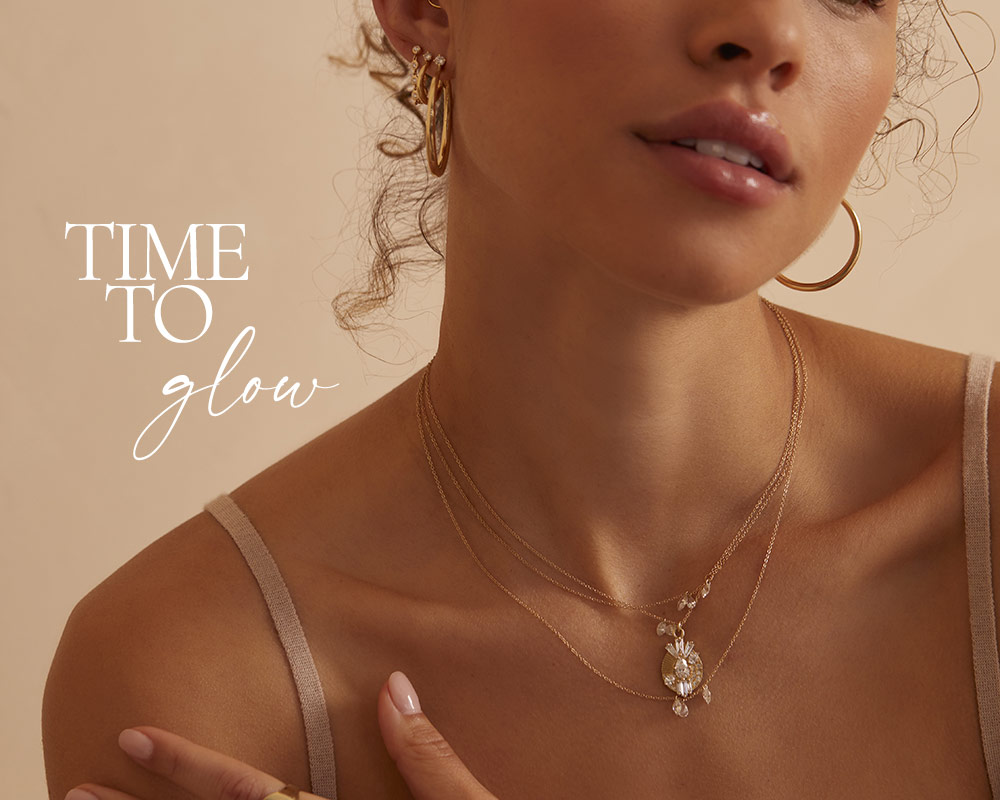Recently Bride’s Magazine asked us how to craft the “Ultimate Ring Stack”, and did we have some tips!
Keep reading the full interview to see what Sofia recommends for building not just the perfect wedding stack, but any ring stack!
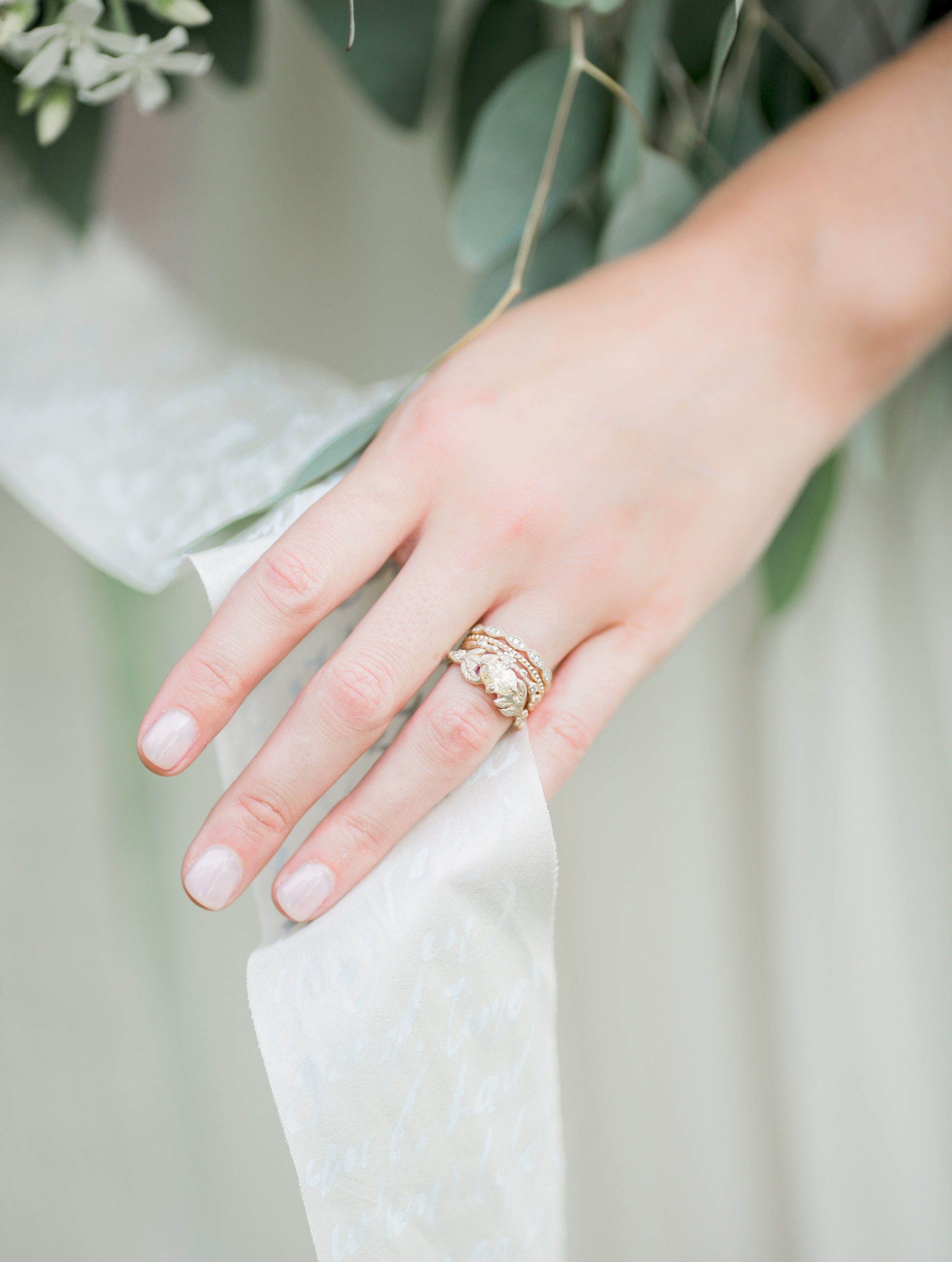
How many rings should be in a stack?
At least 3, but the more the merrier. We say build a well curated stack until you run out of room. Then pick another stacking style to work on!
Can you mix metals? What about stones?
Yes, and yes. My number one take-away is that there should be one “focal point” or theme to a stack. If a bride chooses yellow gold to be the common thread, then she can definitely mix all textures of yellow gold, along with different stone colors. Rather, if she likes a mixed metal style, I would stick with one color stone, something neutral like a white or champagne diamonds to pull the look together.
How should a bride go about layering different ring styles?
Again, my advice would be to pick a common theme. Maybe a bride is drawn to different textures or would like a mix or modern and vintage. If she likes textural pieces, I would stick with one color metal and then play with different silhouettes. Part of the fun in creating a bridal stack comes when we see each personal coming up with a different way to express her individuality.
Are there certain silhouettes of rings that brides should look for when building a stack?
You can play with different shapes when creating a stack, but in general my tip would be to stay with a similar profile in all the rings. By profile, I’m referring to the thickness “chunkiness” between the fingers. When you start to vary this dimension the stack tends to look out of balance. Some pieces will protrude farther past others and the set will not look cohesive.
Should you opt for a different engagement ring design if you know you want a stacked set of bands to go with it?
Great question! There are basically three ways to go about this.
1) If you like a big, bling-y look, you can have a raised mounting that sits up above the shank (band) of your ring. This style ring will show off the sparkle, and allow you to have a flush, layered stack.
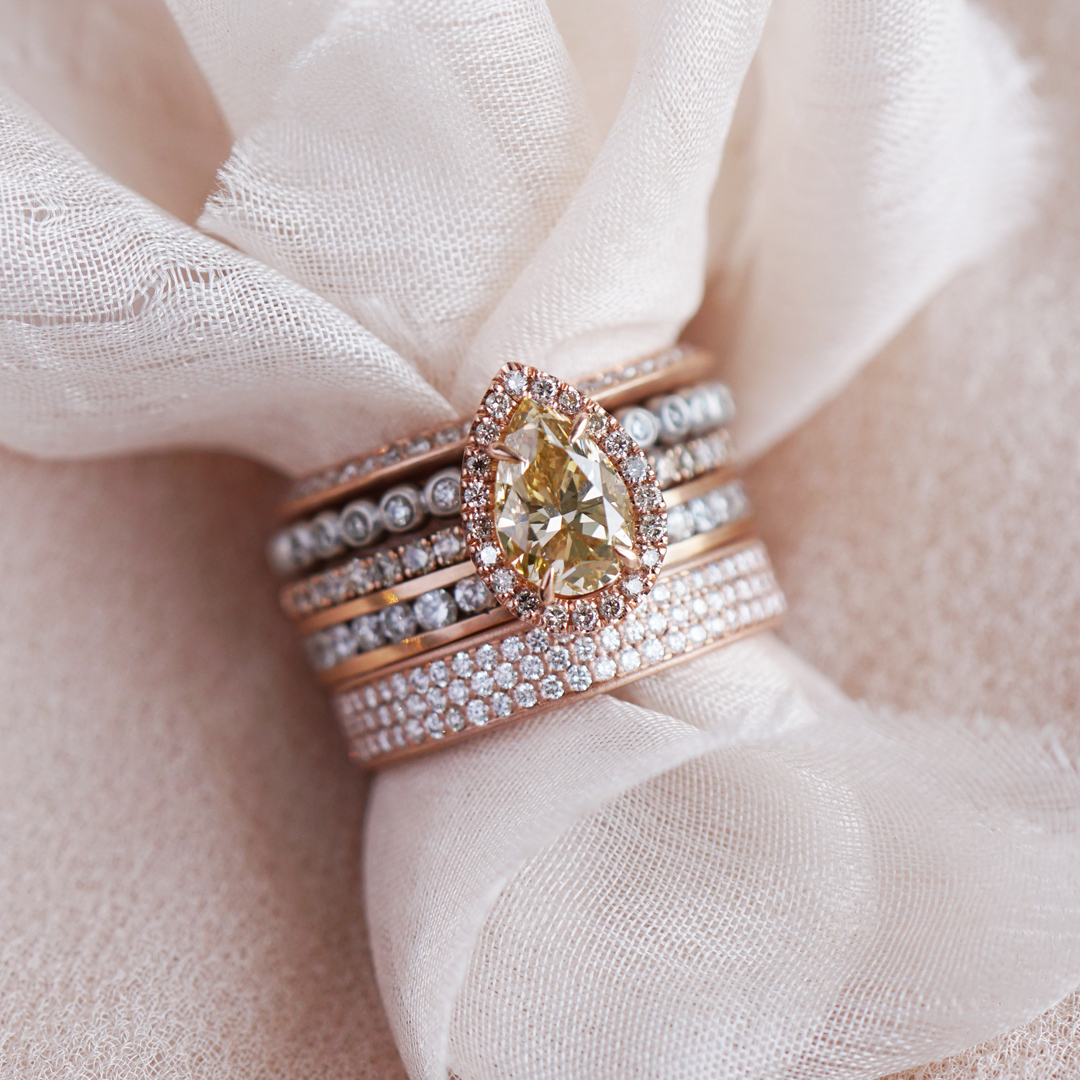
2) Then there are low mountings that are set partially into the shank. Overall, this gives a lower profile to the ring, and a more subdued look. In order to achieve a flush stack, this will require the additional bands to frame this central area by following the contour of the low setting.
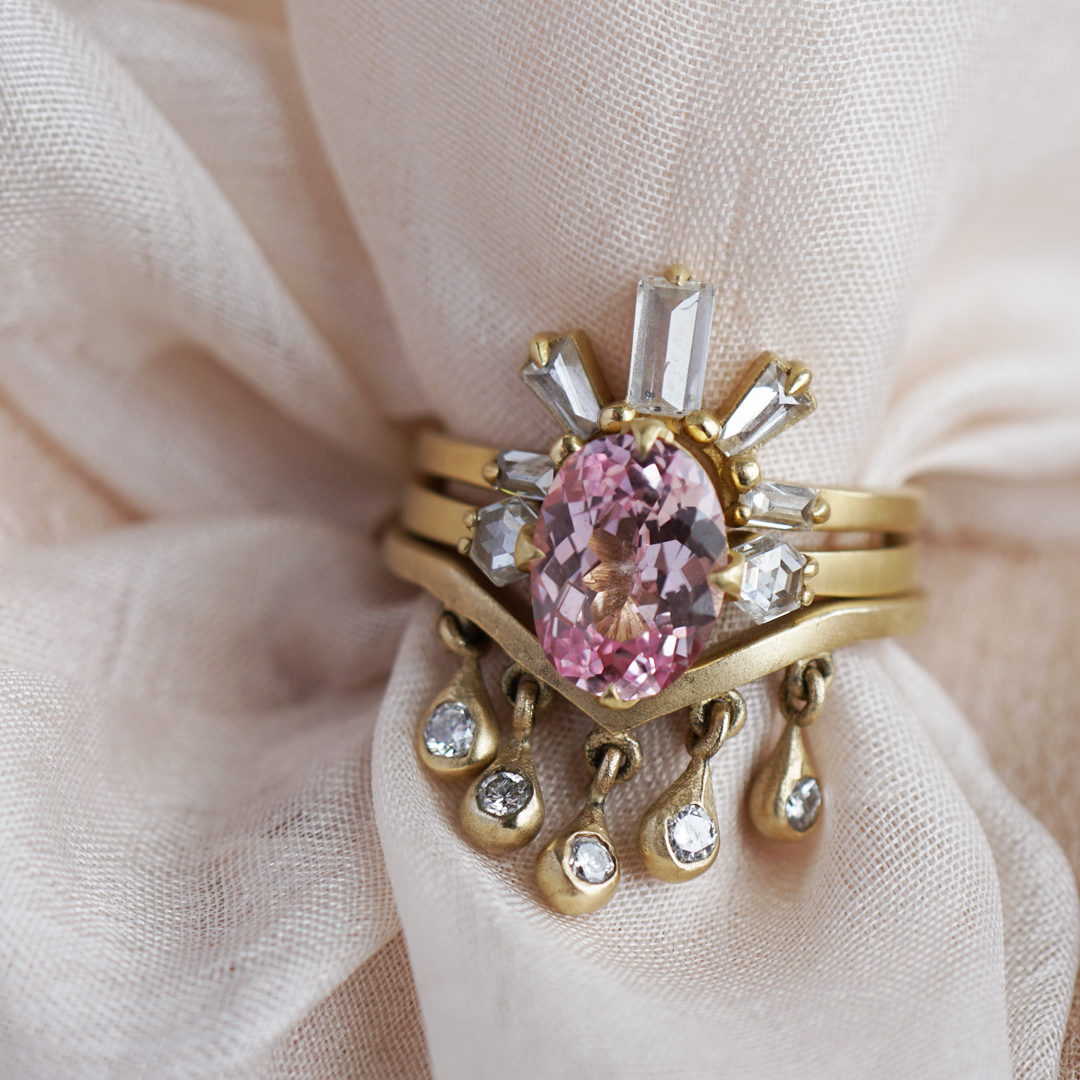
3) Finally, you can go with a low mounting and pair it with bands that do not conform to the shape of the mounting creating a more eclectic, “collected” look. This will result in negative space where the bands don’t touch, which can sometimes look good, when that negative space adds a design element. You just need to be careful with this long term. As the rings will be rubbing against each other over time, they can begin to wear one another down, especially if the metals are mixed and have different hardnesses.
